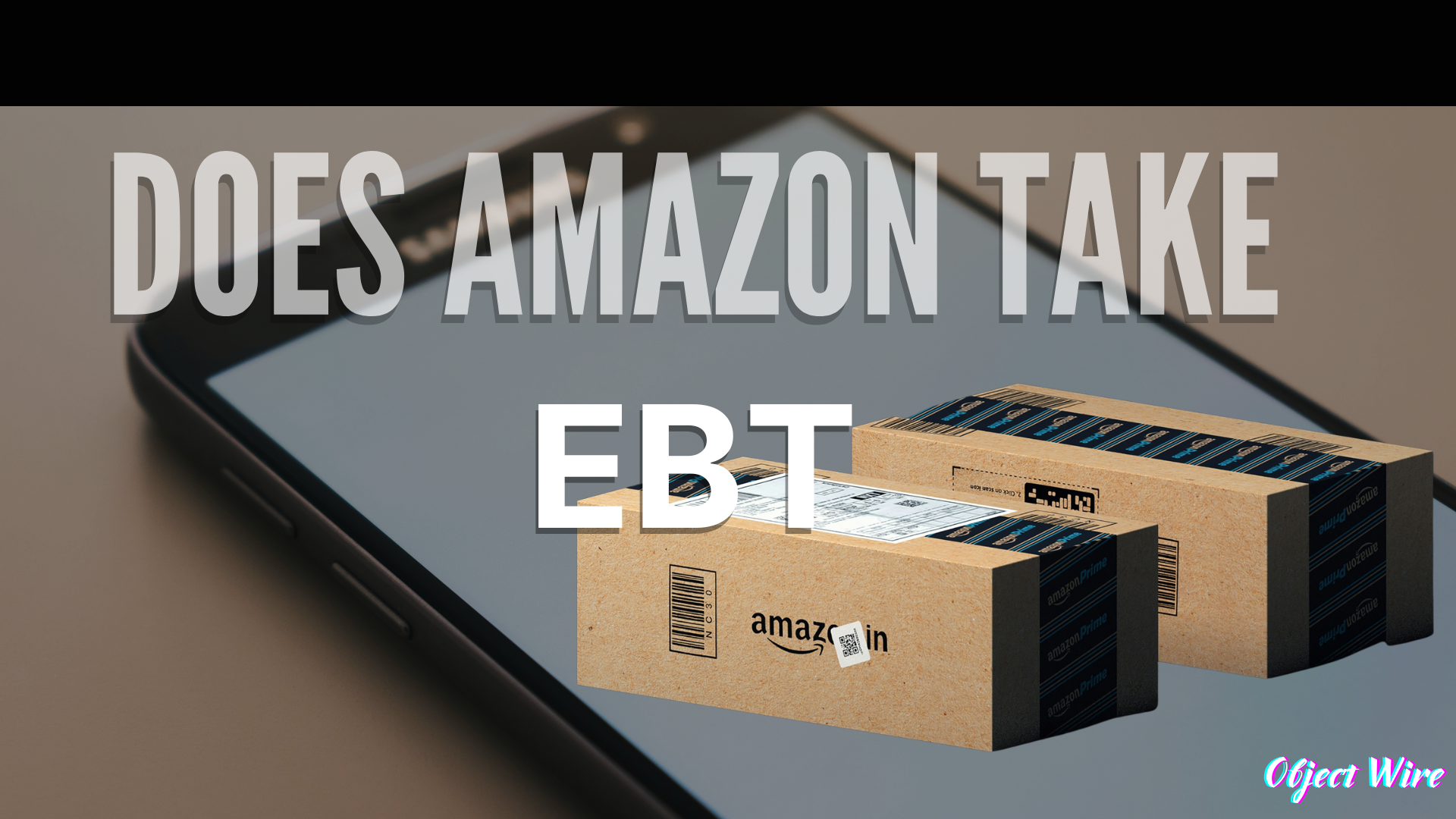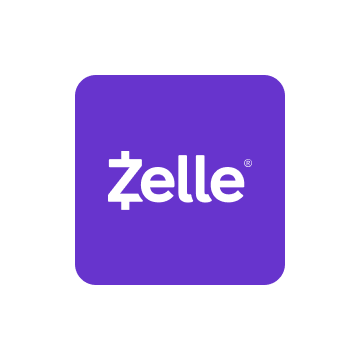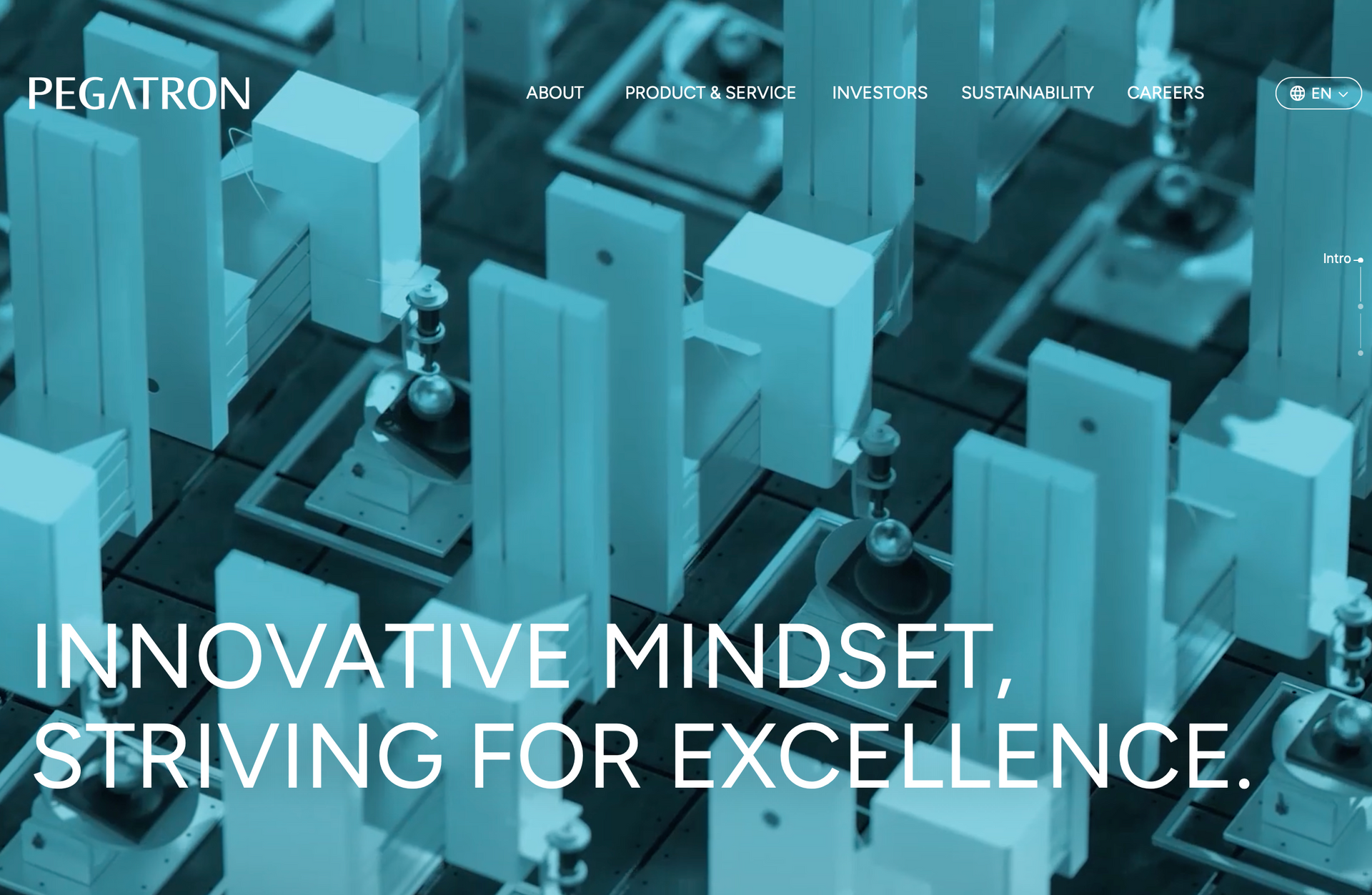Non-Degree Studies at UT Austin 2026: Complete Guide to Programs, Admission, Courses & Transition to Degree
Whether you're eyeing skill-building certificates, flexible online courses, or a trial run at university-level academics without the full commitment, non-degree studies at UT Austin provide access to world-class faculty, cutting-edge resources, and the iconic Longhorn spirit. In 2025, with expanded online options and industry-aligned programs, these offerings serve over 10,000 learners annually, blending academic rigor with real-world applicability.
In the heart of Texas's vibrant capital, the University of Texas at Austin (UT Austin) stands as a beacon for lifelong learning, offering robust non-degree studies that empower professionals, explorers, and career changers alike.
Non-Degree Studies at UT Austin
Designed for high school graduates, working adults, the unemployed, and even current UT students seeking extras, these options let you enroll in credit-bearing or non-credit courses across disciplines like business, tech, liberal arts, and sciences.
You'll tap into the same esteemed faculty and facilities as degree-seekers, fostering personal enrichment, career pivots, or exploratory learning in a flexible format.
UT Austin's non-degree landscape is diverse, catering to varied goals from quick skill-ups to in-depth explorations:
- University Extension (UEX): Credit-bearing courses for non-degree students, perfect for prerequisites or personal interest. No UT admission required—register anytime for self-paced online or semester-based formats in languages, sciences, and more.
- Continuing and Professional Education via Extended Campus: Non-credit certificates and workshops in high-demand fields like healthcare, AI, economics, and communication. Examples: Updates in Internal Medicine 2025 or AI in Health Communication series.
- Certificate Programs: Targeted stacks like the Communication Skills for Professionals or stackable online credentials in learning technologies. Ideal for resume boosters, with flexible timelines (10-24 months).
These Open Enrollment Programs and Workshops bend in person Austin campus vibes with hybrid/online learning. Costs range from $500 per course (UEX) to $5,000+ for certificates, with many employer-reimbursable.
Getting Accepted ton Non Degree Studies at Universirty of texas Austin
Getting started is straightforward and competitive, prioritizing your potential to thrive in UT's environment. Basic requirements:
- High school diploma or equivalent (GPA 2.5+ preferred for credit courses).
- For international applicants: TOEFL (79+), IELTS (6.5+), or Duolingo (100-105).
Transcripts from prior institutions; no GRE/SAT needed for most non-degree paths. This is Key.
Step-by-Step Application:
- Visit ApplyTexas or UT's Graduate School portal for non-degree seekers—select "Non-Degree" option.
- Submit online form detailing goals and desired courses; include resume or statement of purpose.
- Pay $90 non-refundable fee (waivers for financial need available).
- Upload transcripts and English proficiency scores (if applicable).
- Await review—decisions in 2-4 weeks; interviews rare but possible.
Deadlines: Rolling for UEX; program-specific (e.g., Fall 2025: August 1). No financial aid for non-degree, but scholarships like those from Extended Campus may apply. Pro tip: Strong academic history boosts chances for credit enrollment.
What you can do with Non-Degree Studies UT Courses and Curricula Offered
UT Austin's non-degree curricula span 100+ disciplines, emphasizing practical, innovative learning. Highlights for 2025:
UT Austin actively supports non-degree studies as a strategic bridge to full-degree enrollment, with up to 12 credits transferable for those who maintain excellence (a GPA of 3.0 or higher is strongly recommended). For undergraduates, apply as a transfer through the Admissions office, where your non-degree hours contribute to the required 24-30 transferable credits; post-degree seekers can even opt for a fresh start.
Non-degree studies at UT Austin aren't just classes—they're a catalyst for reinvention in one of America's top research hubs. With unmatched flexibility, elite resources, and clear degree pathways, it's the smart play for 2025's lifelong learners. Dive in via Extended Campus or UEX today—your Longhorn journey awaits, commitment-free.
Data from UT Austin catalogs, admissions sites, and program pages as of November 10, 2025. Policies subject to updates; verify with official channels.
Do I need to be admitted to UT Austin for non-degree courses?
No, UEX and many professional programs allow direct registration; graduate non-degree requires a simple application.
Can non-degree credits transfer to a UT degree?
Yes, up to 12-24 hours, depending on program; maintain strong GPA for seamless approval. https://catalog.utexas.edu/undergraduate/the-university/degree-programs/
Are online options available?
Absolutely—self-paced UEX and hybrid certificates dominate, with full access to UT resources.
What are the costs for 2025 non-degree programs?
$500-$2,000 per course (UEX); certificates $3,000-$10,000. No federal aid, but employer sponsorship common.
How do international students apply?
Same process plus English proficiency (TOEFL/IELTS); F-1 visa possible for full-time enrollment.









